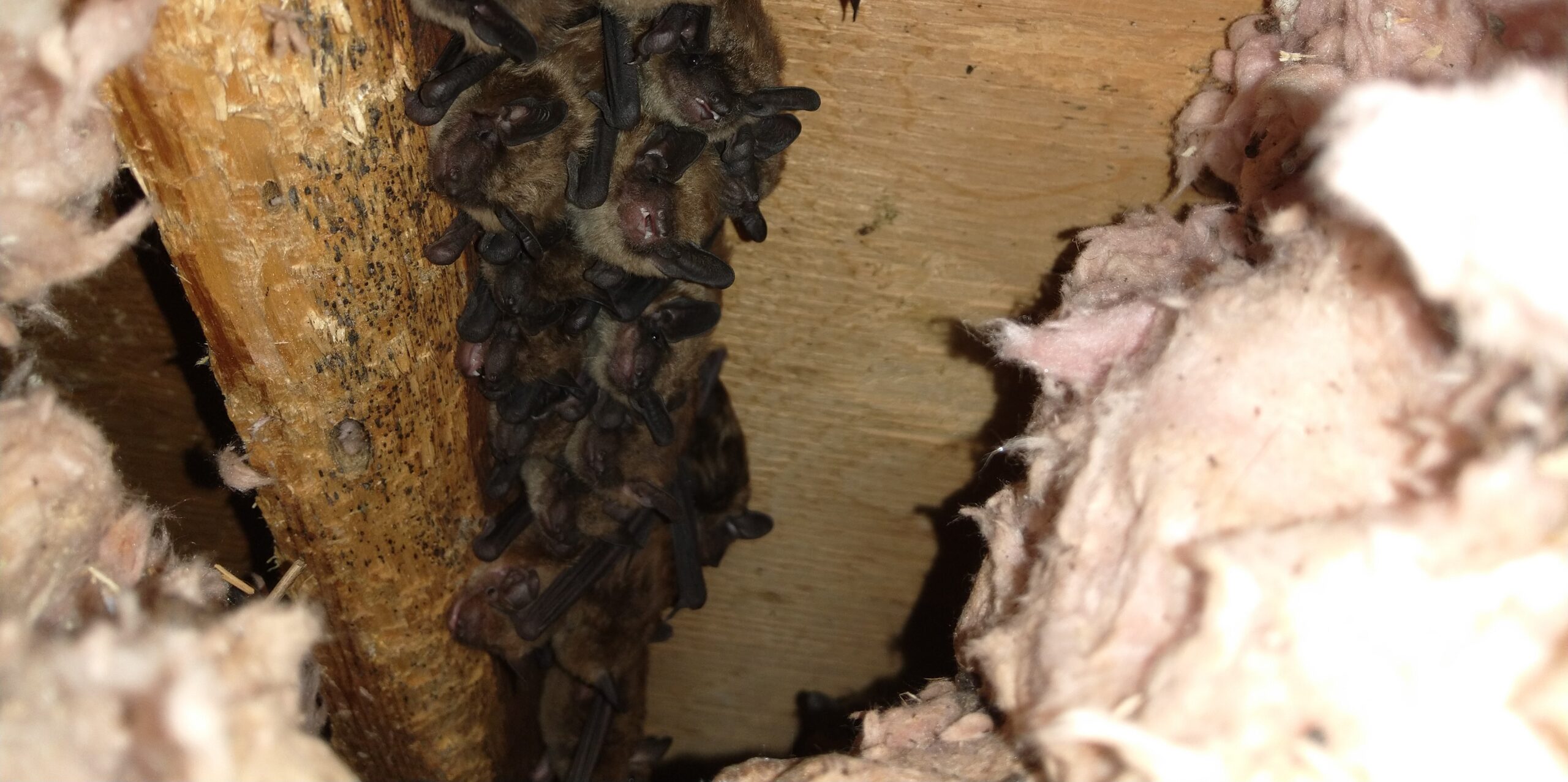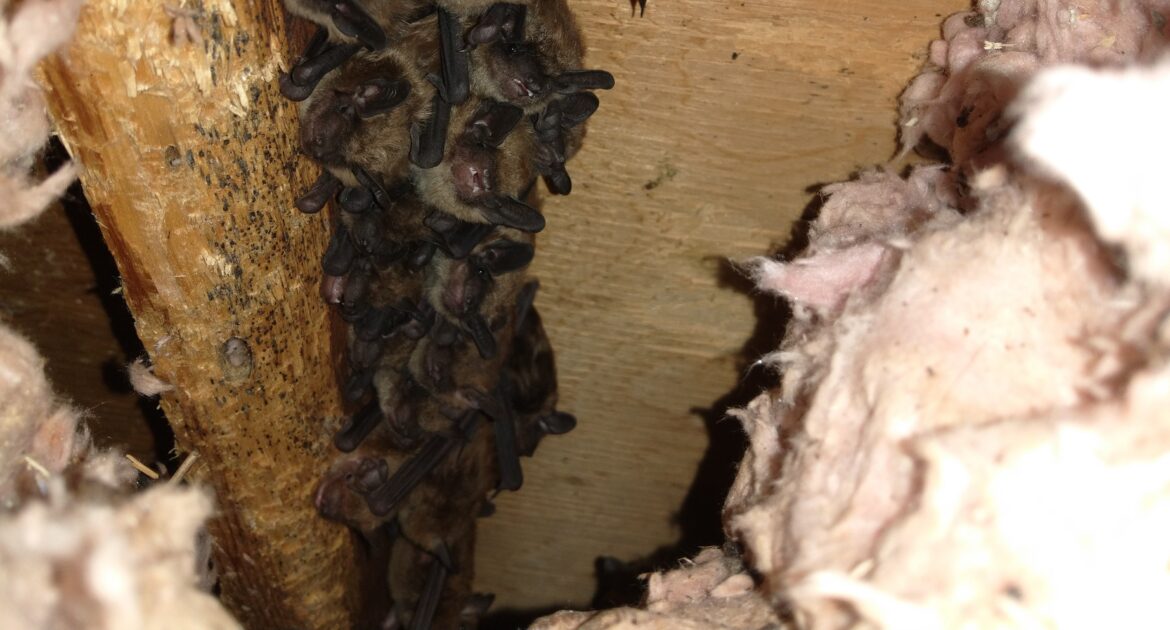Selling your Victoria home is a big undertaking that requires careful preparation. From staging the interior to repairing leaky faucets, there’s a lot to handle. However, one aspect of preparing your home for sale is often overlooked by homeowners—checking for bats in your attic.
Identifying bat infestation signs early can save you from unexpected surprises during inspections and help you avoid potential health risks, financial loss, and delays in the sales process. Whether you’re just beginning preparations or finalizing details, here’s everything you need to know about how bats in your attic can affect your home sale.
Why Checking for Bat Infestation Signs Is Essential
When we think of preparing a home for sale, common tasks like touching up paint or decluttering take the spotlight. Rarely do bats cross a homeowner’s mind. Yet, these small mammals can quietly roost in attics for months, even years, causing damage that goes unnoticed until it’s time to sell. Bats often find their way into attics through tiny cracks or gaps—some as small as 6 millimetres—and once inside, they can create a host of issues.
One major concern is the waste they leave behind. Bat droppings, or guano, not only stain insulation and wood beams but can also cause a serious respiratory infection known as histoplasmosis if inhaled. Beyond physical damage, the presence of bats can alarm potential buyers during showings or inspections, leading to diminished trust and reduced offers.
A thorough pre-sale home inspection can identify signs of bats, such as droppings, scratching sounds during the evening, or visible entry points along the roofline. However, catching these issues early is key. By addressing them before your home hits the market, you demonstrate responsibility and ensure a smoother selling process. Don’t leave potential buyers questioning what else might be lurking in your home—take proactive steps to ensure it’s bat-free.
Preparing Your Home for Sale with a Pre-Inspection
When it comes to selling your home, a pre-inspection is one of the smartest investments you can make. While many homeowners wait for potential buyers to conduct their own inspection, taking the initiative with a pre-sale check can give you an edge in negotiations. This inspection isn’t just about the structural integrity of the home—it’s an opportunity to identify less obvious issues like a potential bat problem.
Bats tend to roost in attics because they offer quiet, sheltered spaces with steady temperatures. Unfortunately, their presence is often detected too late, once they’ve already caused damage. Without a professional inspection, homeowners may miss subtle signs such as small stains near entry gaps or faint odours from bat droppings.
A pre-inspection can also help you pinpoint and seal multiple entry points to prevent future re-entry. Professional wildlife control experts, like our team at Skedaddle, are trained to conduct comprehensive inspections that go beyond the obvious. We meticulously check soffits, vents, and chimneys—common entryways bats use—and take note of any damage. Addressing these issues before listing your home shows potential buyers that your property is well-maintained, increasing its attractiveness and value.
Key Inspection Tips for Spotting Bat Activity
Spotting bat activity in your home isn’t always straightforward. Since bats are nocturnal and often hide deep within attic spaces, it can take a trained eye to identify their presence. However, there are reliable signs that can serve as red flags for homeowners. Knowing what to look for can go a long way in preparing your house for sale and ensuring no bats remain hidden during buyer inspections.
- Droppings: One of the clearest indicators of a bat problem is the presence of droppings, which are typically clustered near entry points or along attic beams. These small, pellet-like droppings crumble easily and may give off a musty odour.
- Noises in the Evening: Bats are most active at dusk when they leave their roost to feed. If you hear scratching or fluttering sounds during the evening hours, it’s a good sign they may be using your attic as a home base.
- Stains on Walls or Roofs: Bats leave oils from their fur around entry and exit points, which result in dark, greasy stains. While these stains can be subtle, spotting them often reveals hidden access routes.
If you notice any of these signs, it’s imperative to act quickly. Not only can unchecked bat problems worsen over time, but their removal is also subject to strict regulations depending on the time of year. For instance, bats cannot be removed during their hibernation or maternity seasons, which could delay your home sale considerably.
Professional Home Inspection Tips for Minimizing Risks
When preparing your home for sale, hiring professionals to inspect for—and address—bat activity can significantly reduce risks. DIY approaches to dealing with bats are not only ineffective but can also be dangerous, particularly if you’re unfamiliar with the health risks posed by guano. Professional wildlife removal ensures the issue is dealt with effectively and humanely, adhering to local laws protecting bat populations.
The process typically begins with a property-wide inspection focused on identifying entry points. Bats can squeeze through remarkably small openings, such as gaps in vents or missing roof shingles. At Skedaddle, we use industry-tested methods to locate even the tiniest openings that may invite bat colonies inside. Once entry points are identified, professional technicians can install strategically designed one-way doors. These allow bats to exit but not return, ensuring your home is bat-free without harming the animals.
Professionals also handle the cleanup, which is critical for health and safety. Bat guano removal requires proper protective gear and specialized equipment to avoid spreading harmful bacteria or spores into the air. Once the space is cleaned, sealing entry points with durable, wildlife-proof materials ensures the issue doesn’t recur. Working with professionals gives buyers peace of mind, making your home a more attractive investment.
Protecting Your Home’s Value
Ultimately, checking for bats before listing your home safeguards more than just the integrity of your property—it protects its market value and appeal. It’s no secret that buyers are warier than ever, often conducting thorough inspections of their own before committing to a purchase. Ensuring your home is free of bats before listing eliminates potential deal-breakers and avoids last-minute surprises that can derail the sale.
If bats are discovered during a buyer’s inspection, addressing the issue could delay closing and even result in renegotiations or reduced offers. Buyers may request you cover the costs of removal and repairs, further eating into your bottom line. By being proactive, however, you retain control over the process and avoid the stress of dealing with wildlife issues mid-sale.
The good news? Angling your preparation strategy toward transparency and attention to detail leaves a memorable first impression. From clean inspections to freshly sealed entry points, prospective buyers will appreciate the effort you’ve invested into maintaining your home, ultimately motivating them to make strong, positive offers.
Take Action Today
Don’t leave the success of your home sale up to chance. Proactively checking for bats in your attic can save you from unnecessary delays, costly repairs, and diminished offers during the selling process. At Skedaddle, we’ve spent over 30 years helping homeowners prepare their properties for smooth, stress-free sales through professional wildlife inspections and solutions.
If you’re gearing up to list your home, reach out to us today to schedule a detailed inspection. Together, we’ll ensure your attic—and your entire property—is ready for potential buyers. With the right preparation, you can move toward your next chapter confidently, knowing your home is in its best possible shape.




